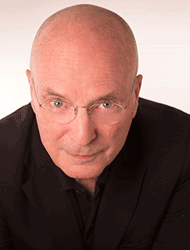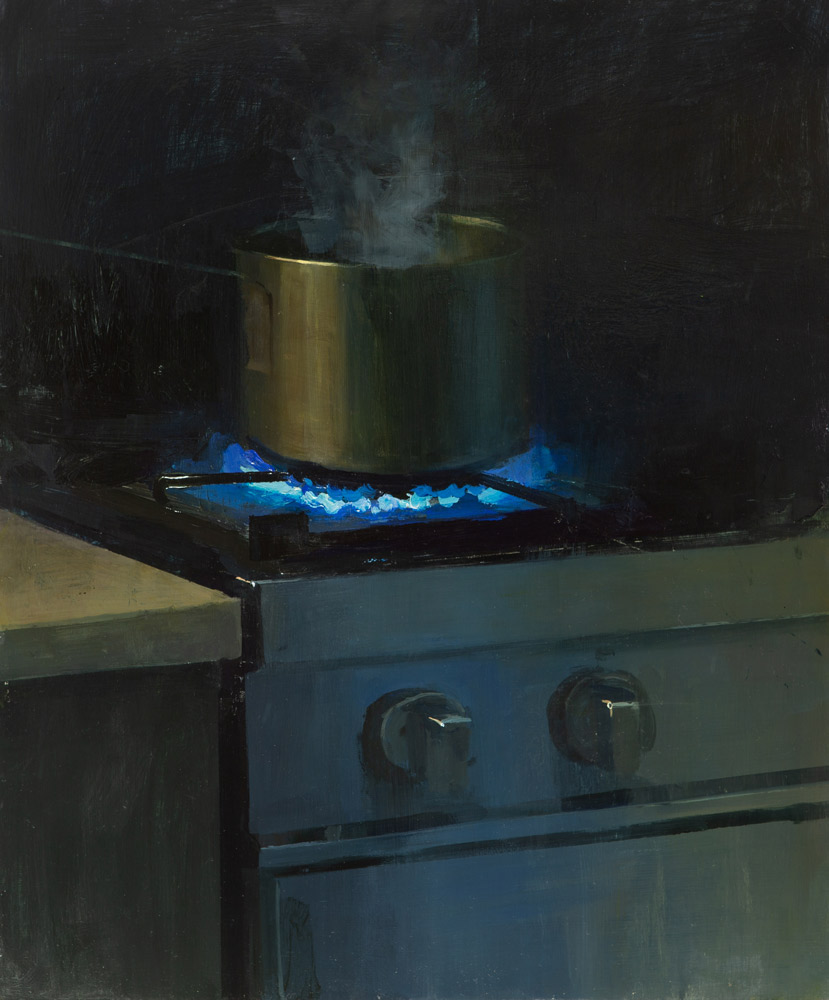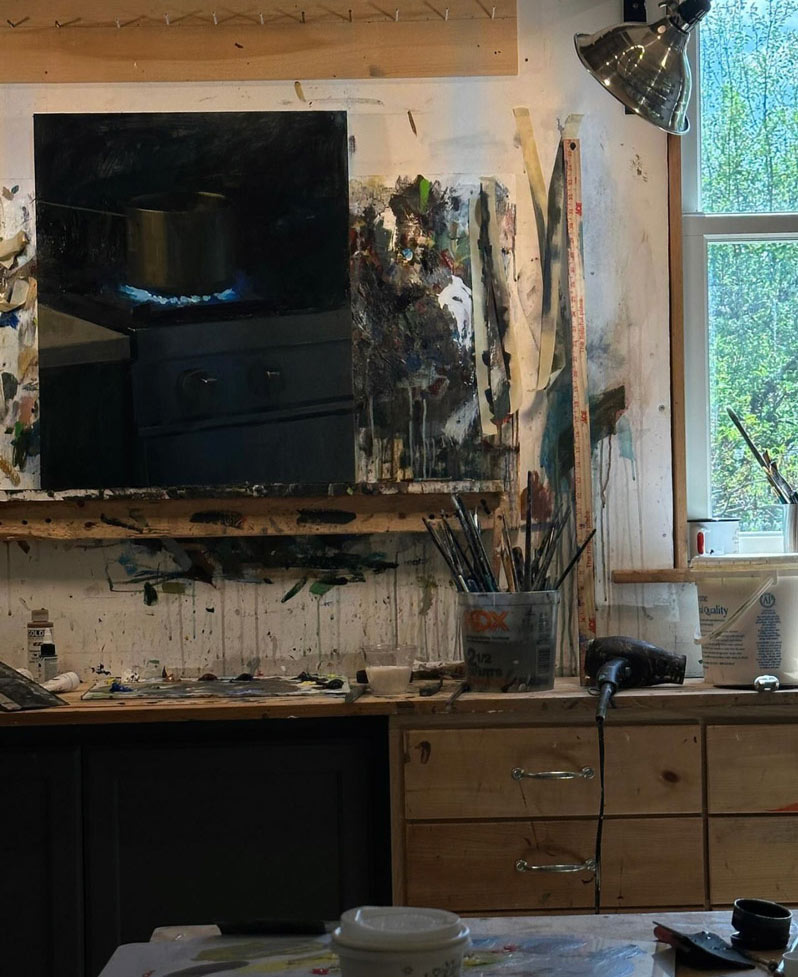Looking & Seeing
one long look at one work of art
John O'Hern is an arts writer, curator and retired museum director who is providing a weekly contemplation of a single work of art from our gallery. In our fast-paced lives overflowing with information, we find it necessary and satisfying to slow down and take time to look. We hope you enjoy this perspective from John.

John O'Hern has been a writer for the 5 magazines of International Artist Publishing for nearly 20 years. He retired from a 35-year-long career in museum management and curation which began at the Albright-Knox Art Gallery where he was in charge of publications and public relations and concluded at the Arnot Art Museum where he was executive director and curator. At the Arnot Art Museum he curated the groundbreaking biennial exhibitions Re-presenting Representation. John was chair of the Visual Artists Panel of the New York State Council on the Arts and has written essays for international galleries and museums.
August 11, 2024
JEREMY MIRANDA | Cooking (version 3)

Camille Pissarro wrote “Blessed are they who see beautiful things in humble places where other people see nothing.” A few years earlier, Thoreau commented, “The question is not what you look at, but what you see.”
When he was boiling water on his gas stove during a recent power outage at his home in Maine, Jeremy Miranda looked and thought “That blue flame is so beautiful.” Cooking (version 3) is his third rendering of the phenomenon of the blue gas flame heating a metal pot with steam rising from the boiling water. This continuing series of paintings is, he says, “an attempt to capture brief run-ins with the sublime that are buried in the everyday."
They’re also a sign to him that he is slowing down, a process he has been working on for many years. “The work is, in a way, an attempt to slow the world down and experience it with all the senses on a level that sort of feels otherworldly.”
The ethereal blue flame is a gaseous mixture of mostly carbon dioxide and water vapor which we’re not usually aware of in our brightly-lit kitchens. Jeremy was “steeped in the moment of the power outage” when the flame burned brightly in the dark. Slowing down and living in the moment is a focused experience which, he says, “in my brain is a space like a shelter with a confined set of sensory information.”
“We don’t associate flame with textures,” he says. But, to interpret the insubstantial flame in this rendition of the subject, he used almost pure cobalt blue in parts of the flame and its reflection. In the process, he gave the flame a chunky presence on the panel. As the gas is transformed to flame and the water is transformed to steam, the acrylic pigment is transformed into a recognizable image on the panel.
Jeremy likens the painting to 1,000 years of art history in which artists have worked to render light on metal (an ubiquitous still life subject), vapor (steam, clouds, mist), “all the senses and the textures of the materials.”
He captured the feeling of that moment in his powerless house and ignites our own memories of the beauty of a mundane gas stove.
 We, as viewers, bring our own experiences and preconceptions to looking at a painting. One viewer asked Jeremy how he had a gas flame when the knobs of the stove are obviously turned off. The two knobs actually control the oven and broiler. In another painting in the Cooking exploration, he includes a gauge next to the knobs; in others, there are no knobs at all.
As Jeremy slows down, pauses in the moment and simplifies his paintings, he continues his education in the elemental.
Jiddu Krishnamurti wrote, “There is no end to education. It is not that you read a book, pass an examination, and finish with education. The whole of life, from the moment you are born to the moment you die, is a process of learning.”
We, as viewers, bring our own experiences and preconceptions to looking at a painting. One viewer asked Jeremy how he had a gas flame when the knobs of the stove are obviously turned off. The two knobs actually control the oven and broiler. In another painting in the Cooking exploration, he includes a gauge next to the knobs; in others, there are no knobs at all.
As Jeremy slows down, pauses in the moment and simplifies his paintings, he continues his education in the elemental.
Jiddu Krishnamurti wrote, “There is no end to education. It is not that you read a book, pass an examination, and finish with education. The whole of life, from the moment you are born to the moment you die, is a process of learning.”
View work by Jeremy Miranda ►

